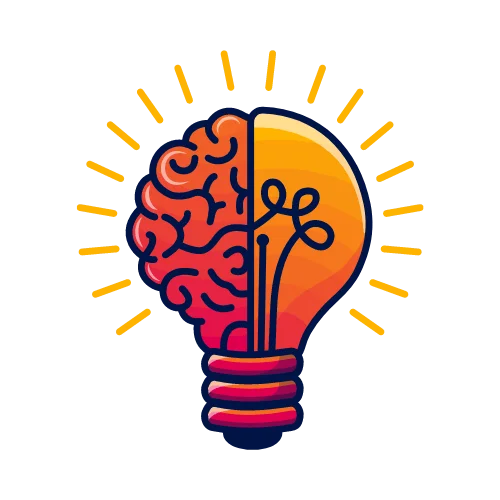If a quad in a K-map appears redundant when grouping is done without wrapping, but becomes useful and necessary after applying wrap-around grouping, should we use the wrapping method and include that quad in the final simplified expression?
If a quad in a K-map appears redundant when grouping is done without wrapping, but becomes useful and necessary after applying wrap-around grouping, should we use the wrapping method and include that quad in the final simplified expression?
Read less

Answer: a) 7904 b) Explanation: In Java, '\b' is a character literal representing the backspace character. Its Unicode (ASCII) value is 8. In the expression x + '\b': x = 7896 (an int) '\b' = 8 (a char promoted to int) So the calculation is: 7896 + 8 = 7904 Hence, the output is 7904. The backspaceRead more
Answer:
a) 7904
b) Explanation:
c) Correct way to demonstrate backspace:
To actually see the backspace effect in console output, \b must be used inside a string:
public class BackspaceDemo {
public static void main(String[] args) {
System.out.println(“7896\b”);
}
}
Here, the \b moves the cursor back by one position, so the 6 gets erased and in this case answer will be 789
See less